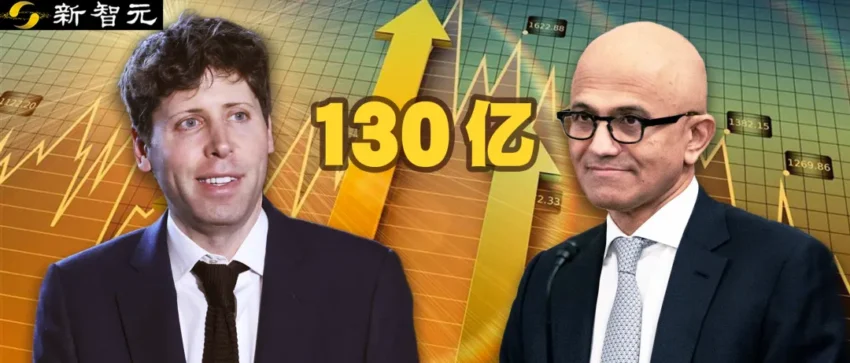OpenAI and Microsoft are about to collapse!
Facing OpenAI, which wants to go public, will never waste your life by cutting off your losses and never let your 13 billion investment be wasted.
The Financial Times just revealed that OpenAI and Microsoft are renegotiating billions of dollars in terms of cooperation.

That’s right, Microsoft finally gave in: I can allow OpenAI to conduct an IPO in the future, as long as I can continue to access OpenAI’s most advanced AI models.
- Microsoft has invested $13 billion, but may give up part of its equity in exchange for the right to use AI technology after 2030.
- Both parties are revising their old contracts since their first investment in 2019; Microsoft invested $1 billion that year.
- OpenAI also informed other investors that it will reduce its share ratio with the largest funder in the future.
- Microsoft has revised some terms in January to build an AI data center of up to $500 billion with Oracle and SoftBank.
In fact, OpenAI itself is already in danger now.
Industry insiders said that if the commercial part cannot be successfully transformed into a public interest company, its financing and IPO will be affected and will suffer a major blow!
To prosper, Microsoft will cut its flesh
OpenAI wants to go public, but Microsoft is very unhappy.
After all, I have already spent $13 billion on OpenAI, but OpenAI’s attitude towards itself is really a bit “arrogant”:
Just give me (OpenAI) money and computing resources, just ignore everything else and just take our ride-sharing happily.
——A senior Microsoft employee revealed
OpenAI before the IPO was very similar to the bride in the “prenuptial agreement”. She wanted to maintain her pure ideals and also wanted to get the biggest bride gift.
In this negotiation, OpenAI is renegotiating the cooperation terms with Microsoft to pave the way for possible future IPOs.
The key point is that Microsoft has invested $13 billion, but may give up part of its equity in exchange for continued access to OpenAI’s leading AI model after 2030.
Originally, Microsoft was the biggest supporter of OpenAI, but now it has become a key obstacle to the $260 billion startup’s restructuring.
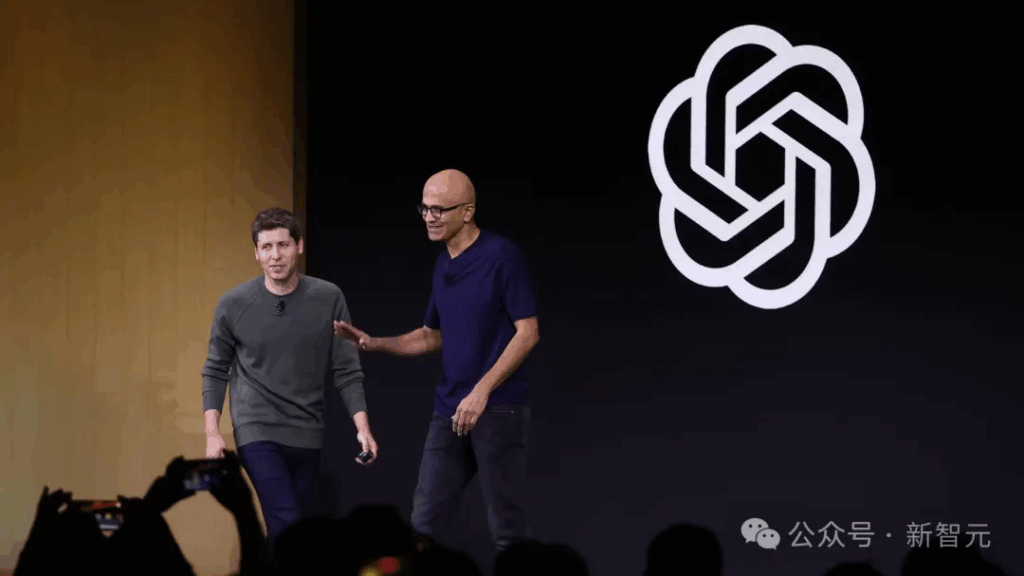
After the reorganization, OpenAI will be less like a non-profit organization and will be further from its original intention of “benefiting mankind”.
Now, the key question is: How much equity can Microsoft obtain in the reorganized version of OpenAI so that the $13 billion it has already been spent on is not wasted?
Microsoft, this time, has really sacrificed a lot: it has proposed to give up some equity in OpenAI’s new for-profit business in exchange for access to OpenAI’s development of new technologies after 2030.
This transaction directly determines the future of OpenAI
This transaction is crucial to the restructuring of OpenAI and may determine the future direction of this global cutting-edge AI startup.
Just last week, OpenAI abandoned the controversial plan to lose control of the nonprofit board, but still planned to change the business sector into a form of corporate that makes money and takes into account social welfare.
It is said that the new company is called “Public Benefit Corporation” (PBC).
This “needed and wanted” model has been tried by previous generations, such as OpenAI’s old rivals Anthropic and xAI.
Thus, OpenAI can allow investors to provide equity.
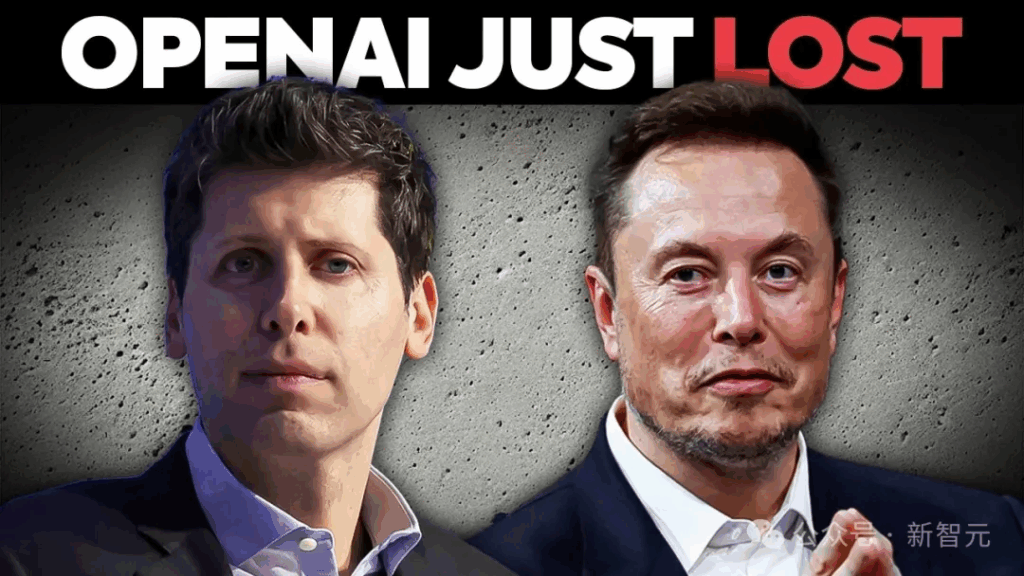
Insiders said this change was also emphasized by investors because it will ensure that OpenAI has the possibility of IPO and initial public offering in the future.
However, OpenAI’s relationship with Microsoft has cooled down now, so the negotiations seem particularly tortuous and complicated.
Although the cooperation between the two continues (Microsoft has been embedding OpenAI technology into its software and is also providing computing power for OpenAI training models), as stated at the beginning of the article, OpenAI’s growing ambitions and arrogant attitude obviously made the biggest funder very uncomfortable.
Despite this, Microsoft still hopes that this transformation will be successful. It is not yet at the point of a complete collapse or open conflict, and although negotiations are difficult, both sides still have confidence.
Give up by Musk and “rescued” by Microsoft
Insiders revealed that OpenAI and Microsoft’s negotiations want to revise the terms of the 2019 contract.
The contract was drafted when Microsoft first invested $1 billion in OpenAI in 2019. The contract will be valid until 2030 – it is also the time when Microsoft is willing to cut its losses and insist on using the OpenAI model.
To understand the importance of this 2019 contract clause, let’s go back to when OpenAI was founded 3 years ago.
OpenAI was established in December 2015, with Musk and Sam Altman co-chairing, and Ma Lao promised to provide up to $1 billion in financial support.
In 2017, Lao Ma “suddenly” proposed to merge OpenAI with Tesla, or he could “full control” OpenAI and serve as CEO, with a majority stake and board control.
OpenAI rejected Musk’s proposal.
At that time, OpenAI had not released ChatGPT, and no one could see its “potential”, including Lao Ma, so Musk announced his departure from OpenAI in February 2018 and withdrew his original 1 billion funding commitment.

Sam Altman is worried about nothing, and he has no choice but to say he won’t make money for the future of mankind. OpenAI can only transform from a non-profit organization to a “capped-profit” company to attract other investors.
Microsoft stood up at this time and bet on this “big trend in human history.”
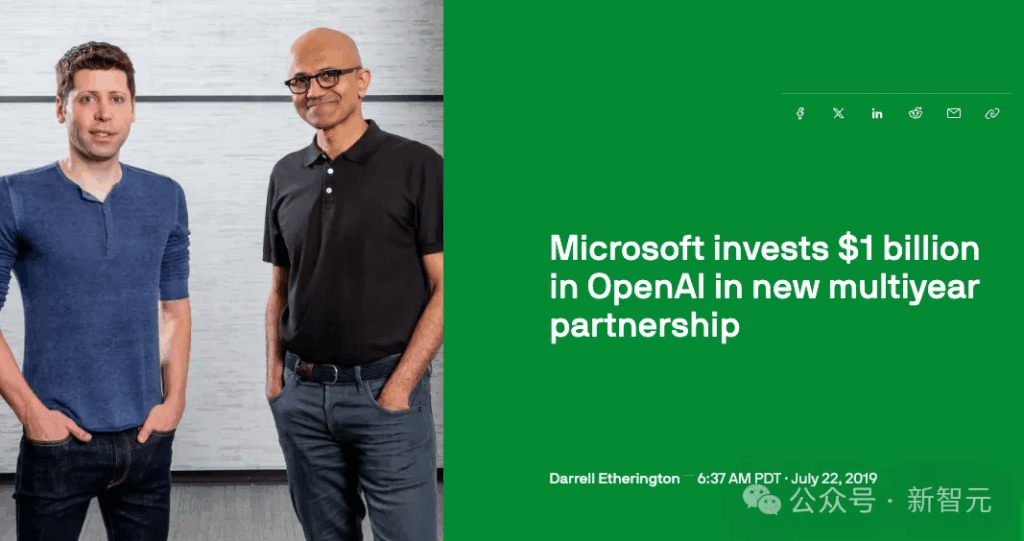
Microsoft’s investment is the first major external financing after OpenAI’s transformation. The agreement reached at that time was:
- Microsoft’s $1 billion investment includes cash and Azure cloud computing resources to support OpenAI’s R&D and model training.
- OpenAI migrates its services to Microsoft Azure platform, and Microsoft becomes its “exclusive cloud provider”.
- The two sides will jointly develop new Azure AI supercomputing technology to support the training and deployment of large-scale AI systems.
- Microsoft has obtained priority commercialization rights for OpenAI technology, which will be clearly reflected in the subsequent applications of GPT-3 and GPT-4.
Not only that, in 2023, Microsoft also added $10 billion in investment – after all, OpenAI was no longer the same as before.
There is a saying in Silicon Valley: “Don’t against Elon” – it means not to fight against Musk, but the night before fate came to OpenAI, Lao Ma left OpenAI. This is probably part of the reason why he fought against Ultraman later.
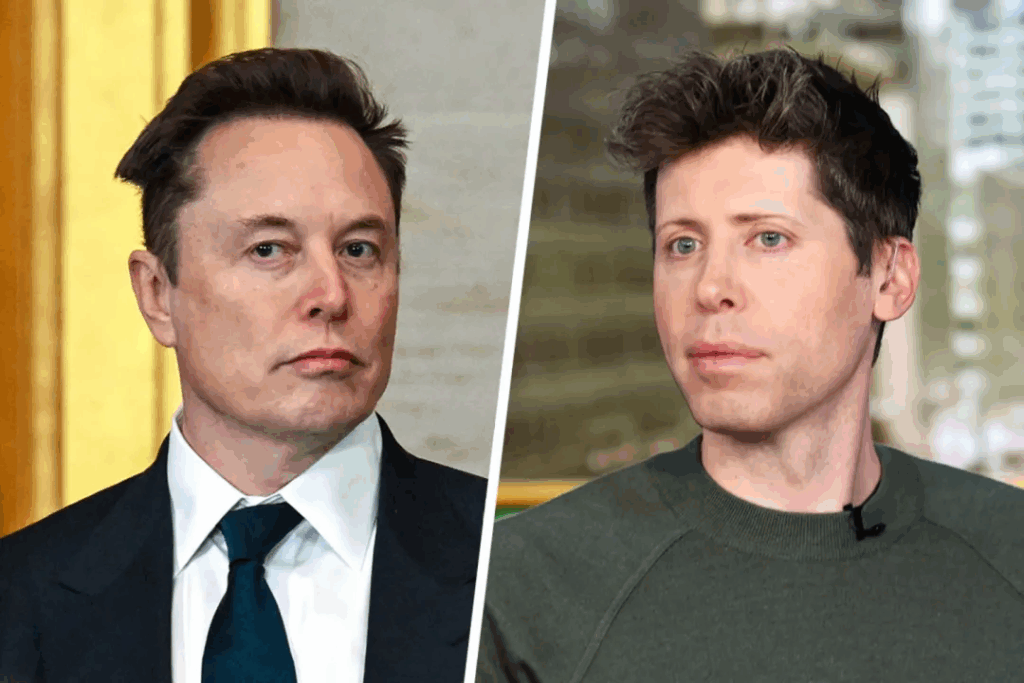
Microsoft’s investment not only provides OpenAI with key support for survival and development, but also largely shaped the current AI industry landscape.
This time, Microsoft will continue to make good demands with OpenAI. I don’t know how OpenAI will respond.
Is the final outcome of these “two” a century-long wedding that cooperates with each other, or is the most expensive breakup in the technology industry?
OpenAI, the road ahead is still difficult
In 2019, when OpenAI established a for-profit subsidiary, it allowed external investors to invest, but it was in the form of future profit sharing and there was a limit.
Investors were told at the time that such investments should be “considered as donations” because the mission of benefiting mankind takes precedence over interests.
But obviously, this has not been the case in recent years.
In October last year, OpenAI raised $6.6 billion from venture capital firms such as SoftBank, Microsoft, Thrive Capital and Altimeter Capital; in March this year, it raised $40 billion in a new round of financing led by SoftBank.

These funders donate money, but they don’t have any requirements.
Under the terms of the transaction, OpenAI has the right to recover some or all of its funds if it fails to successfully transform into a public interest company.
However, OpenAI executives don’t seem to be worried. Even though the restructuring has not been advanced for a long time and it seems quite difficult, they still have great confidence that the financial owners will continue to pay.
OpenAI is very confident about its own transformation. In their opinion, transformation into a more traditional for-profit organization is a necessary requirement for raising such a huge amount of money.
Because, “It is impossible to raise $40 billion under a profit-constrained structure.”
Moreover, even if we successfully reach an agreement with Microsoft, there are still many things that have made OpenAI worry.
For example, this Monday, OpenAI promised that the commercial part will still be controlled by the non-profit board because the board will hold a large stake and also have the power to nominate directors.
Of course, opponents are not happy about this: you are putting profits above your mission and deviating from your original intention!
For example, Musk, one of the biggest black fans of OpenAI, threatened to carry out legal measures to the end and resolutely prevent OpenAI from reorganizing.
Musk’s lawyer has issued the following statement.
The charity is still transferring its assets and technology to private hands for personal gain, including Sam Altman himself.
At the same time, it has transferred all the actual work of AI/AGI in the charity to a huge for-profit company.
Page Hedley, a former employee of OpenAI, also pointed out the hypocrisy of the former owners – these changes have weakened OpenAI’s mission and allowed the huge wealth and power that AGI could bring to unknowingly transfer from the public to OpenAI investors.
In addition, there is also a difficult situation for regulators.
Because OpenAI is headquartered in California and registered in Delaware, it must convince regulators in both states that this restructuring will not deviate from its mission of “benefiting the public.”
The Delaware Attorney General said he would strictly review OpenAI’s new plan “to ensure it complies with Delaware law, reflect OpenAI’s charitable goals, and ensure that non-profit entities have appropriate control over for-profit entities.”
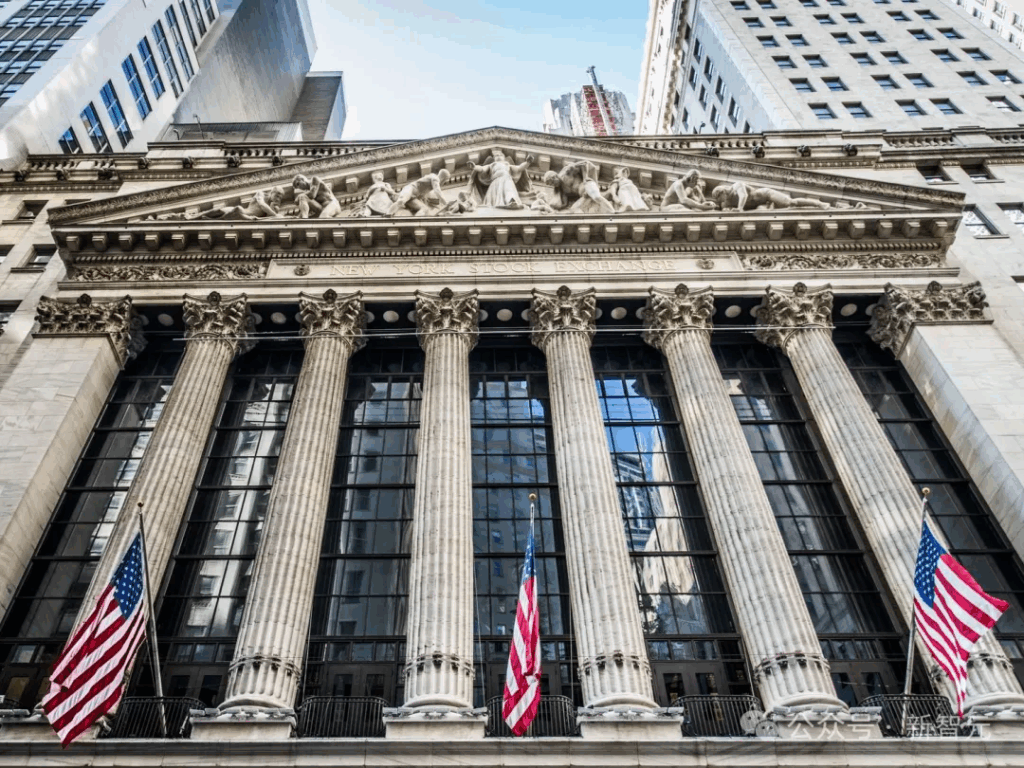
In fact, OpenAI is now in a strait.
Industry insiders pointed out that if the commercial part is not successfully transformed into a public interest company, it could suffer a major blow. Not only will the financing capacity and IPO prospects be affected, but they may also be in a slump from now on.
The reason is just as Dorothy Lund, a professor at Columbia Law School, said.
When you are a mission-oriented company and need investors to provide funding, you are in extreme danger. You have to stick to your mission and make investors willing to continue writing billions of dollars in checks for you, and you can only choose to walk the tightrope.
Money is more important, or “having you” is more important
OpenAI knows that it is now a “popular chicken”. If it can be listed now, the market will definitely give it a high enough valuation.
Microsoft also knows that its “big bet” has not failed – the $1 billion investment has allowed them to accurately embark on the “big trend in human history.”
But what really touches Microsoft’s nerves is how to continue to “own” OpenAI after the contract expires in 2030.
To borrow a sentence from letting the bullet fly, “You and money are not important to me, having you is very important to me.”
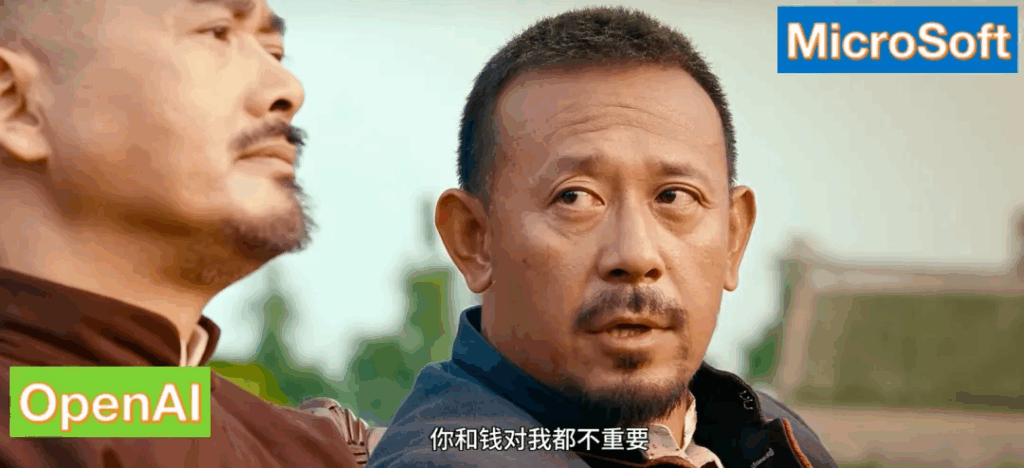
Compared to being able to participate in or even dominate the historical process of AI development, this little money is nothing to Microsoft.
At a time when OpenAI and Microsoft are having difficult negotiations on whether they can “continue the ten-year agreement” after 2030, another bigger battle has quietly taken shape: in 2025, only four tech giants plan to invest about $320 billion to consolidate the AI infrastructure.

So, is the investment and hype about AI a bit too much?
Peter Lee, an executive of Microsoft, believes that AI is a bit bubble now: “The AI industry is investing in infrastructure like this, which is a bit like laying millions of miles of copper wire before the first light bulb was built.”
But that’s not the focus of AI leaders, Zuckerberg said on the recent San Francisco Stripe Seessions:
Even if this is a bubble, infrastructure will take longer (spent so much money) may not be the end of the world.
The key question is: how much we are in the bubble right now and to what extent will this soon become a big deal.
After all, no one wants to miss AI.
Author:新智园
Source:https://mp.weixin.qq.com/s/v5jK-WN8V3U8ZXF5_-Wrsw
The copyright belongs to the author. For commercial reprints, please contact the author for authorization. For non-commercial reprints, please indicate the source.





